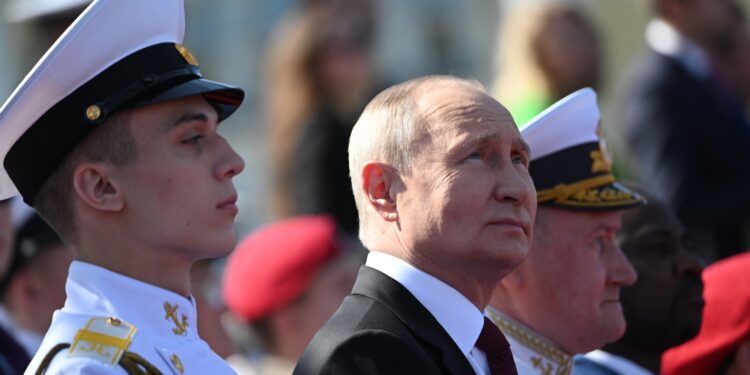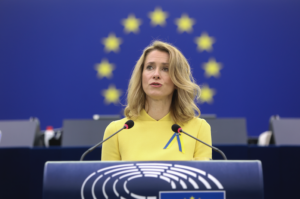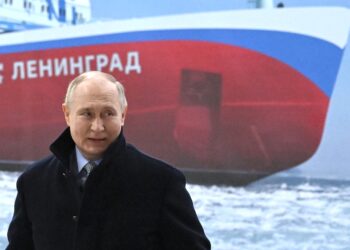Brussels – Another Russian provocation in just a few days in the Baltic area, proving the increasing concerns of EU and NATO member countries, from Estonia to Finland, but this time, the European Union also intervened to make it clear that Brussels was on alert to the moves of the Kremlin and its expansionist aims. “This border incident is part of a broader pattern of provocative behaviour and hybrid actions by Russia, including on its maritime and land borders in the Baltic Sea region,” the EU High Representative for Foreign Affairs and Security Policy Josep Borrell said in a statement in response to the“unilateral” removal of light buoys placed by Estonia on the Narva River to demarcate its northeastern border with Russia.
Disclosing the action “carried out in the shadow of the night”-at 3 a.m. yesterday (May 23) – by the Russian Border Guard was the Estonian Foreign Ministry in a statement, in which it called the action “a provocative border incident.” From Tallinn, the response “remains calm and lucid” in contact with EU and NATO allies and partners, starting with an official request to Moscow for explanations through border representatives and diplomatic channels and the “immediate return” of the light buoys. The Estonian Premier, Kaja Kallas, recoiled with a post on X: “Russia’s action is part of the broader pattern of its provocative behavior throughout Europe, including on the borders with neighboring countries.”

The implicit reference is to what happened earlier this week, with a mysterious official document from the Russian Defense Ministry to revise Russia’s maritime border in the eastern Baltic Sea. The reason for the proposal, which came without consulting with the region’s neighbors and that disappeared from the Ministry’s website within a few hours since its announcement, was that the 1985 Soviet measurement of the border would have used nautical charts from the mid-20th century and, therefore, does not fully correspond to “more modern” map coordinates. The changes were to take effect in January 2025 and were intended for ship crews, law enforcement, defense, and security officials operating in the Eastern Gulf of Finland.
Just days after the first diplomatic provocation, all Baltic and Scandinavian capitals are following with concern the Kremlin’s new action, as are EU institutions. “in cooperation and solidarity with Estonia and other member states,” High Representative Borrell explains. “The European Union has been closely monitoring the situation from the beginning” and now “expects an explanation from Russia” on its “unacceptable” actions along the border.
English version by the Translation Service of Withub






